It was easy to take shots at World of Warcraft in 2018. The aging game was reaching the terminus of its 14-year decline, and its most recent expansion pack, Battle for Azeroth, was being panned as a failure on all fronts. WoW reportedly lost 1.5 million subscribers in the span of two months after the release of BfA, and as Blizzard Entertainment threw its focus elsewhere, WoW and its players were taking one last collective exhale as Azeroth braced for the end.
While the name World of Warcraft still held weight in gaming spheres across the internet, many who had come in contact with the game at some point in their lives were moving on. The game was bleeding subscribers at a rapid pace, and viewership numbers for WoW on streaming platforms such as Twitch were hitting all-time lows. Those who stuck around to watch their favorite game lowered into a grave filled with other forgotten names from the MMORPG genre were simply playing out the string.
Then came Aug. 26, 2019.
The release of Classic WoW had been on the horizon for a little over a year at the time. But when the launch date for the franchise’s pseudo-time machine finally came, WoW was essentially struck with a nuclear blast of nostalgia that sent the franchise back into the stratosphere, appropriately enough, for the first time since 2004.
Sixteen years after the game’s original release, WoW permeates the many spheres of online culture once more. And, for the first time in its history, the game has developed a presence among a newfound medium in streaming—a factor that certainly wasn’t present in 2004. What’s most impressive, though, is how the game has stayed resurgent. While the nostalgia surrounding Classic WoW was certainly a driving force for the resurrection of the franchise in August 2019, that nostalgia has morphed into a sustainable platform for WoW. The game’s latest modern expansion, Shadowlands, put up viewership and sales numbers comparable to Classic’s.
Furthermore, the game’s competitive sector—a historically forgotten part of the WoW community—was thriving thanks to Classic’s launch. Players from around the game engaged each other in a race to max level—a competitive event spanning the course of several days. Those interested in the competitive aspect of the game made up a strong percentage of the 1.14 million viewers who tuned into the WoW category on Twitch during the launch of Classic WoW, according to Twitch statistics website TwitchTracker.
On Nov. 24 last year, the worldwide launch date for Shadowlands, World of Warcraft’s performance on Twitch skyrocketed once again. The game’s viewership on the platform peaked at over 933,000 at one point, while averaging nearly 400,000 concurrent viewers at any point during the day, according to Twitch statistic website SullyGnome.
Even after the launch of Shadowlands, the game’s competitive scene saw a boom in engagement, as well. Viewers who stuck around to watch the game flourish on a professional level have only contributed to the symbiotic relationship between WoW streamers and pros. And, in many cases, the two entities are one in the same. By giving the game’s most talented players a space to coexist with its biggest personalities, WoW is finally building a foundation for itself among the titans of the gaming and streaming ecosystems.
This winter, the demand for WoW has never been higher. According to a statement from Blizzard Entertainment last month, “the game reached and has sustained its highest number of players on monthly or longer-term subscriptions compared to the same period ahead of and following any WoW expansion in the past decade.” Additionally, WoW: Shadowlands broke the long standing record (set by Diablo III in 2012) for fastest-selling PC game of all-time when it sold 3.7 million units through the expansion’s launch day.
Perhaps the community-driven “content boom” from WoW’s looming presence on Twitch and other streaming platforms is the biggest reason for the game’s resurgence.
“You got to give credit to a lot of the really big content creators,” former WoW shoutcaster and co-founder of professional gaming and content creation organization OTK Rich Campbell told Dot Esports. “When people like Asmongold are pulling in such a big audience of video game viewers—not just World of Warcraft viewers—it primes more and more people to see more and more World of Warcraft content.”
Before his recently announced hiatus from streaming on Jan. 10, Asmongold re-affirmed his position as the WoW community’s biggest name—a brand he had been building since late 2016. Between Nov. 17 and Dec. 12 of last year, Asmongold capitalized on the Shadowlands launch by streaming 140 exclusive hours of WoW gameplay while holding an average of approximately 53,000 viewers over that span, according to Twitch statistics website TwitchTracker. At one point on the expansion’s launch day, his concurrent viewer count peaked above 195,000.
But the surge of content that’s been propelling WoW viewership into another dimension goes far beyond the game’s most well-established names. While long-tenured members of the WoW community such as Asmongold, Sodapoppin, Nick Polom, and others are all diving back into the game that gave them leverage in the first place, many others in the content creation stratosphere took the plunge into WoW late last year, as well. Names like Scarra, Disguised Toast, TimTheTatman, and many more all brought their communities over with them for the launch of the game’s latest expansion.
“When you bring back those old faces one more time [for] a successful expansion launch—an expansion that has been widely acclaimed as one of the best in recent years—you get a massive audience that’s hungry for World of Warcraft content,” TipsOut, co-founder and COO of OTK, told Dot Esports.
Although reaching those peak numbers the game saw during the frenzy that was the Shadowlands launch feels like a tall order, the game’s average viewership is still climbing. In December 2020, WoW raked in over 121,000 average viewers throughout the month, according to SullyGnome—the game’s best single month in terms of average viewership since September 2019 when WoW: Classic was released.
“Classic was a huge resurgence,” Campbell said. “Everybody understood Classic, and the barrier for entry was knocked down for a lot of people who felt like they couldn’t get into the game before.”
But even as the launches of WoW: Classic and Shadowlands brought the franchise back into the limelight for a strong contingent of fans, former players, and content creators alike, those who were married to the game in a competitive sense only saw the opportunity for their stock to go up. WoW’s pro scene has resembled the equivalent of a monster truck revving its engines right alongside the game’s streaming craze for the better part of the last two years—and it’s finally hitting the gas.
In conjunction with the game’s layered approach to content, WoW has prided itself as of late on its incredibly diverse slate of competitive options for the highest-skilled players. With three relevant competitive scenes—one for each of WoW’s major game modes: PvP, five-player PvE, and 20-player PvE—high-level WoW has something to offer for every type of player, and perhaps more importantly, every type of viewer.
In a way, the WoW community’s self-driven esports scene has contributed immensely to the game’s sudden surge of popularity. If fans of the game are interested in the more competitive side of WoW, they’re able to find a niche worth investing time into. Just in the span of the last four weeks alone, the game’s competitive scene saw events take place for all three of its major continuous circuit series: the Arena World Championship, the Mythic Dungeon International, and the Race to World First for the game’s latest raid, Castle Nathria.
“One of the best things to happen to World of Warcraft is that instead of the entire competitive nature of WoW being put into one small box…all of the content creators have the ability to put on the type of show their audience wants to see,” said Campbell.
And for the audience that desperately wants to see WoW played at the highest level, Shadowlands has already served as a massive step in the right direction. Last month’s Castle Nathria Race to World First event peaked at 432,000 viewers, the highest mark for any competitive WoW event in history.
With so many eyeballs recently glued to competitive WoW, the game is receiving a monstrous boost in terms of prestige, as well. At no point in the last 10 years has the name World of Warcraft held as much weight as it does now. “The competitive scene feels meaningful again,” said TipsOut. “If you told somebody three or four years ago ‘man I really wanna be good at WoW,’ it didn’t have the same flair as it would now because the game is just so much more popular today than it was just a couple years ago.”
Largely, these monumental developments in the departments of viewership and notoriety for the pro scene began to stir about two years ago, when the best WoW players in the world started to livestream competitive events from their own points of view.
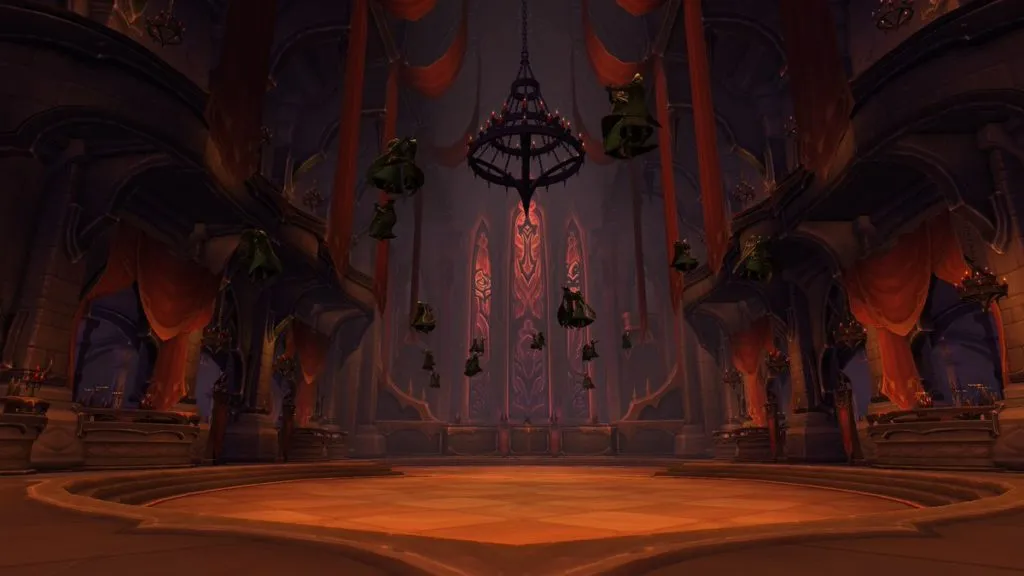
For years, competitive raiding was hidden behind an iron wall of secrecy, with the only transparency between competitive teams and fans often coming by way of a YouTube video showing the team’s successful attempt at taking down the final boss. When Limit, the undisputed best WoW guild in North America over the span of the last few years, decided to stream a Race to World First event in July 2019, the guild did so with the added bonus of sharing its in-game communications publicly. At that moment, all barriers were broken and fans had direct access to the most immersive competitive WoW content possible.
“Streaming is definitely why the Race to World First has boomed so much. Just getting that insight and openness is so big because for a long time, there were no streams,” Limit Co-Founder Tagzz told Dot Esports. “There was still a lot of interest, it’s just that everything was secret and hidden. We took that final step and showed everyone almost everything. It’s definitely a good viewer experience to get those comms and watch the guild’s strategy. All of that definitely helps with engagement.”
“With eyeballs comes sponsorships and financial opportunities,” said TipsOut, who helped orchestrate OTK’s own Race to World First coverage last December. “The more guilds that are able to sustain their rosters with player salaries, the more competitive the raiding scene becomes. And, the level of retention for guilds [increases], allowing them to compete for a longer amount of time.”
For Limit, fruitful opportunities were practically bursting through the door as soon as the guild took the plunge into livestreaming.
Two years ago, when the guild captured glory as one of the first teams in the world to complete the “Battle of Dazar’Alor” raid, Complexity Gaming COO Kyle Bautista was one of the six million unique viewers that tuned into the race. “I hadn’t played WoW in eight years at that point,” Bautista told Dot Esports. “I was sitting there watching the Battle for Dazar’Alor saying ‘This is something that makes me want to play this game.’”
From there, Bautista took the plunge and brought Limit into the Complexity family, giving the top-tier guild some added juice from a top-tier esports organization. The partnership marked one of the only times in WoW’s history that an already existing organization signed an entire 20-man roster of players. Not since 2007, when SK Gaming dipped its toes into WoW, has an established franchise dived headfirst into World of Warcraft.
Bautista, who claims that competitive WoW is “absolutely one of the most exciting things that [Complexity] is involved in,” isn’t helming the only organization that’s competing for a top spot in the rafters of modern competitive WoW.
Over in Europe, Echo is a ground-floor organization whose roster is built mainly from the ashes of Method, a guild that was left reeling after a sexual misconduct scandal caused much of its roster to turn tail and find opportunities elsewhere. One of Echo’s in-game leaders, George “RogerBrown” Georgiadis, helped bring the newly formed team into the limelight ahead of the release of Shadowlands, and only continued to mount momentum for his squad when they took Complexity Limit to the brink in one of the closest raid races in WoW’s 16-year history.
“You now have players who don’t need another job on the side to sustain themselves. They can fully focus on the game by pushing harder with more hours,” RogerBrown told Dot Esports. “That creates a more competitive scene compared to the past. Being able to stream with sponsors and viewers creates a more stable atmosphere for the top guilds to stay competitive and keep going.”
After Complexity Limit took home first place in the Race to World First for Castle Nathria, Echo roared right into second place a little over 16 hours later. To emphasize how close these two squads were in comparison to the rest of the field, the third-place finisher, a guild by the name of Pieces, didn’t clear the raid until five days later.
“Streaming was almost an inevitability,” RogerBrown of WoW’s evolving competitive sphere said. “We discussed a lot of times if we should start streaming, but we always felt that we’d lose a competitive advantage if we did start streaming—which is still true—but, the reality is that you reach a point where you need to either start sustaining yourself or quit the game.”
Regardless of any competitive advantages or discussions surrounding what streaming live events from pro players’ POVs might do to the integrity of the competitive scene, what’s easy to deduce from last month’s Castle Nathria Race to World First event is that the esports side of WoW is steadily growing. “The biggest audience ever is playing World of Warcraft and things are spiraling in a really cool way,” TipsOut said.
“It’s natural to try and compare WoW to other esports,” said Campbell, who has casted events for top-tier esports such as Call of Duty and Dota 2, as well as WoW. “But, it’s a game that just doesn’t need to be compared because it’s so unique—and that’s what’s great about it.”



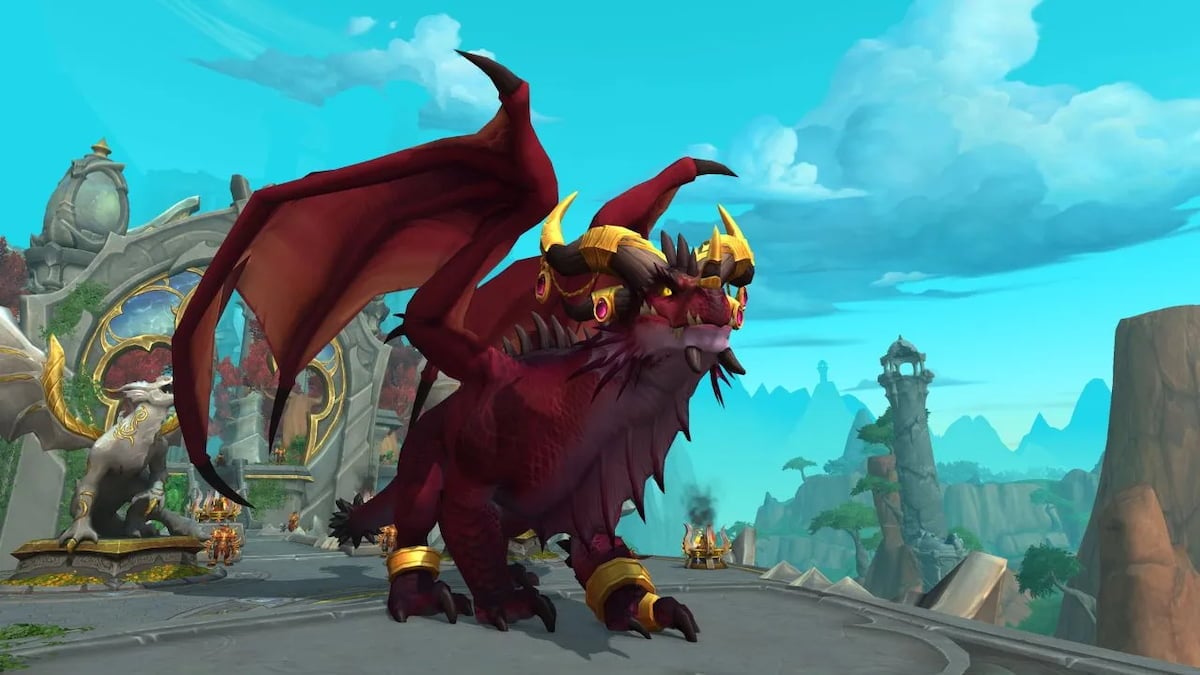
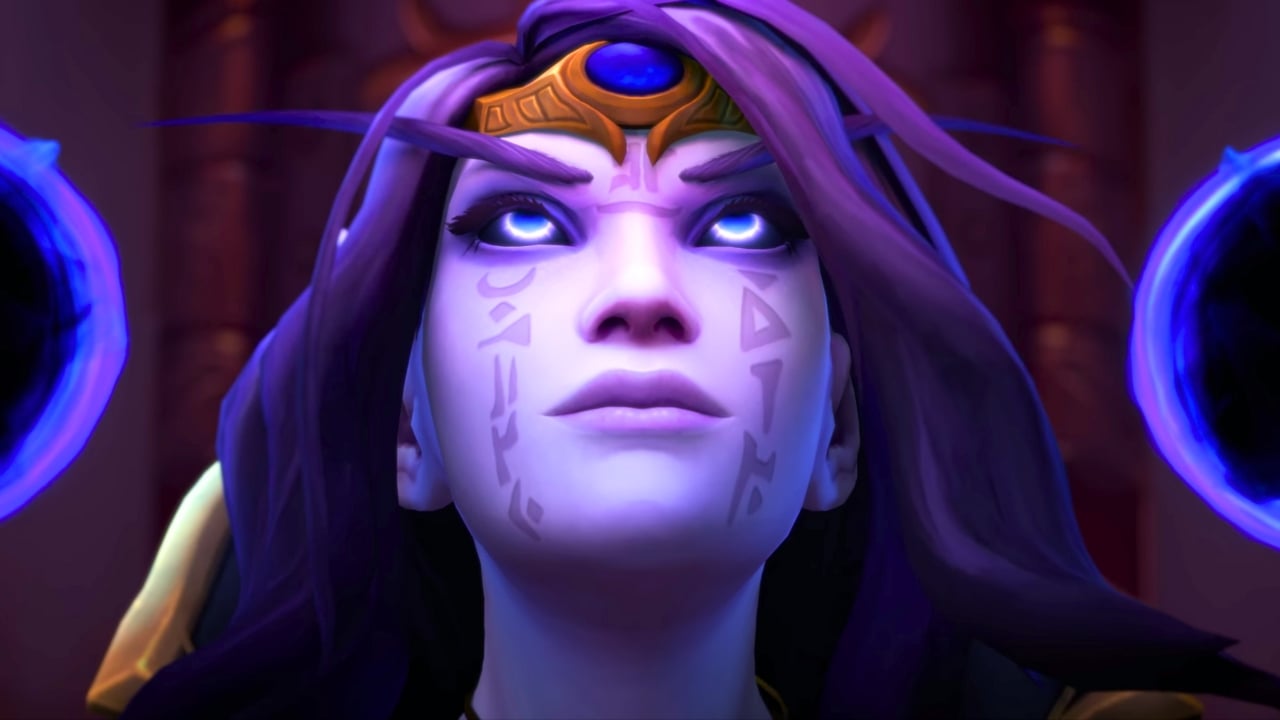



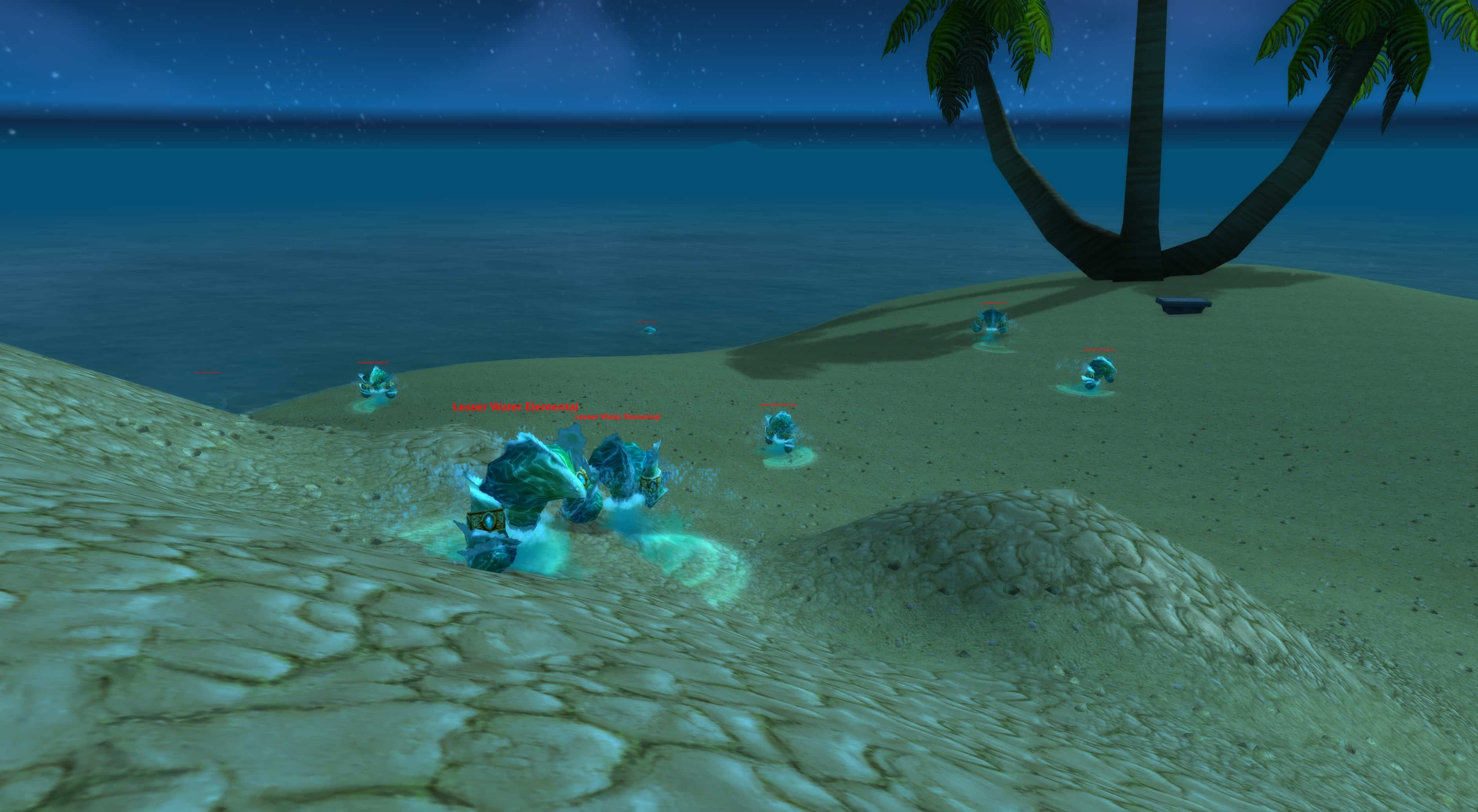
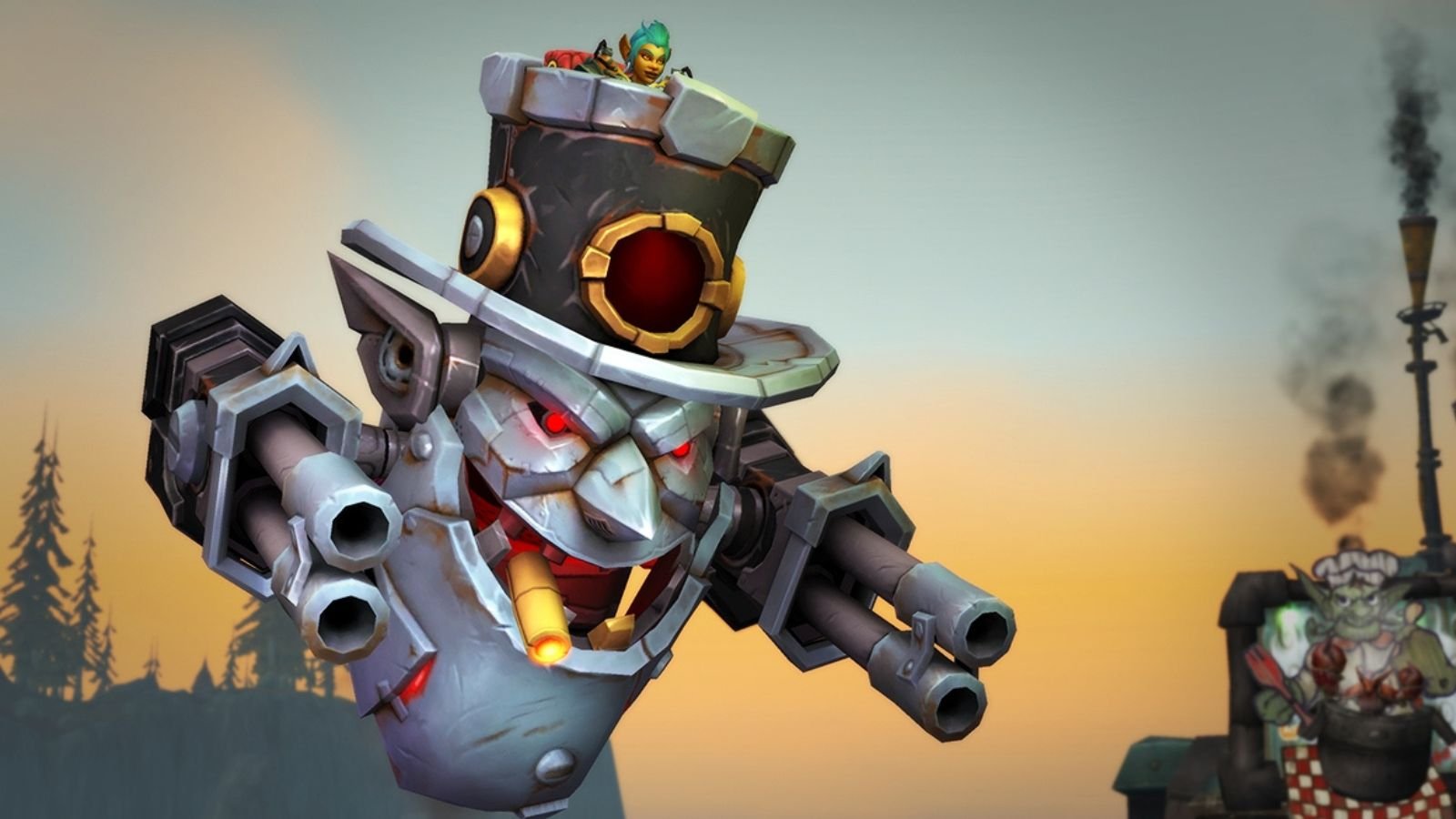
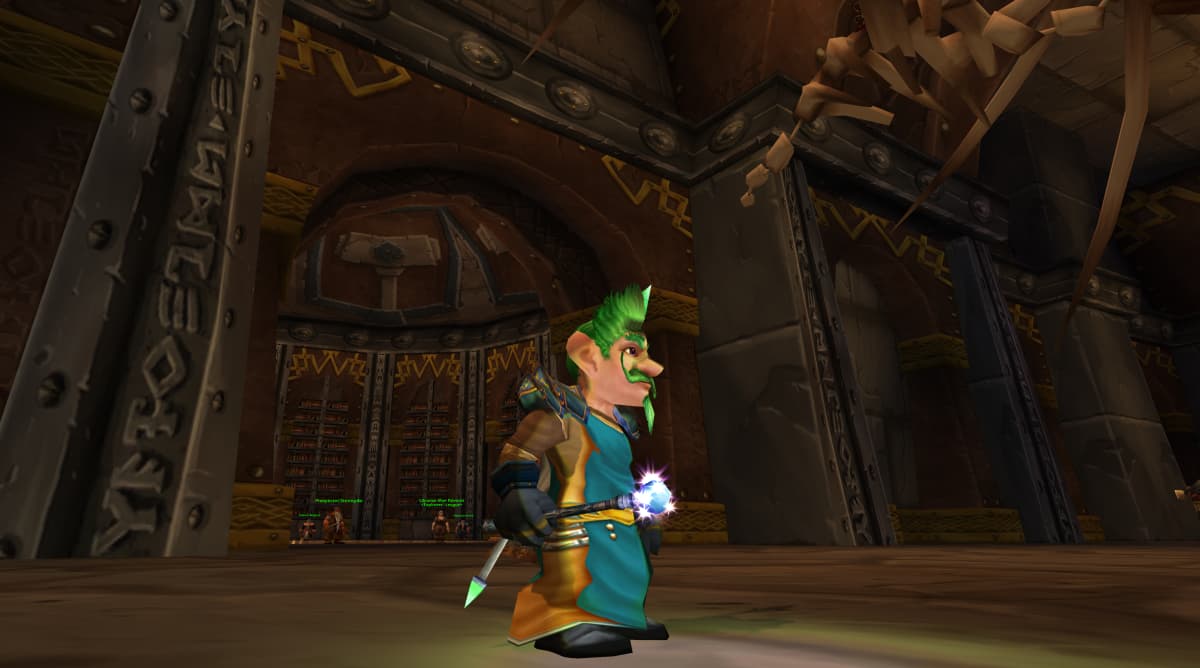
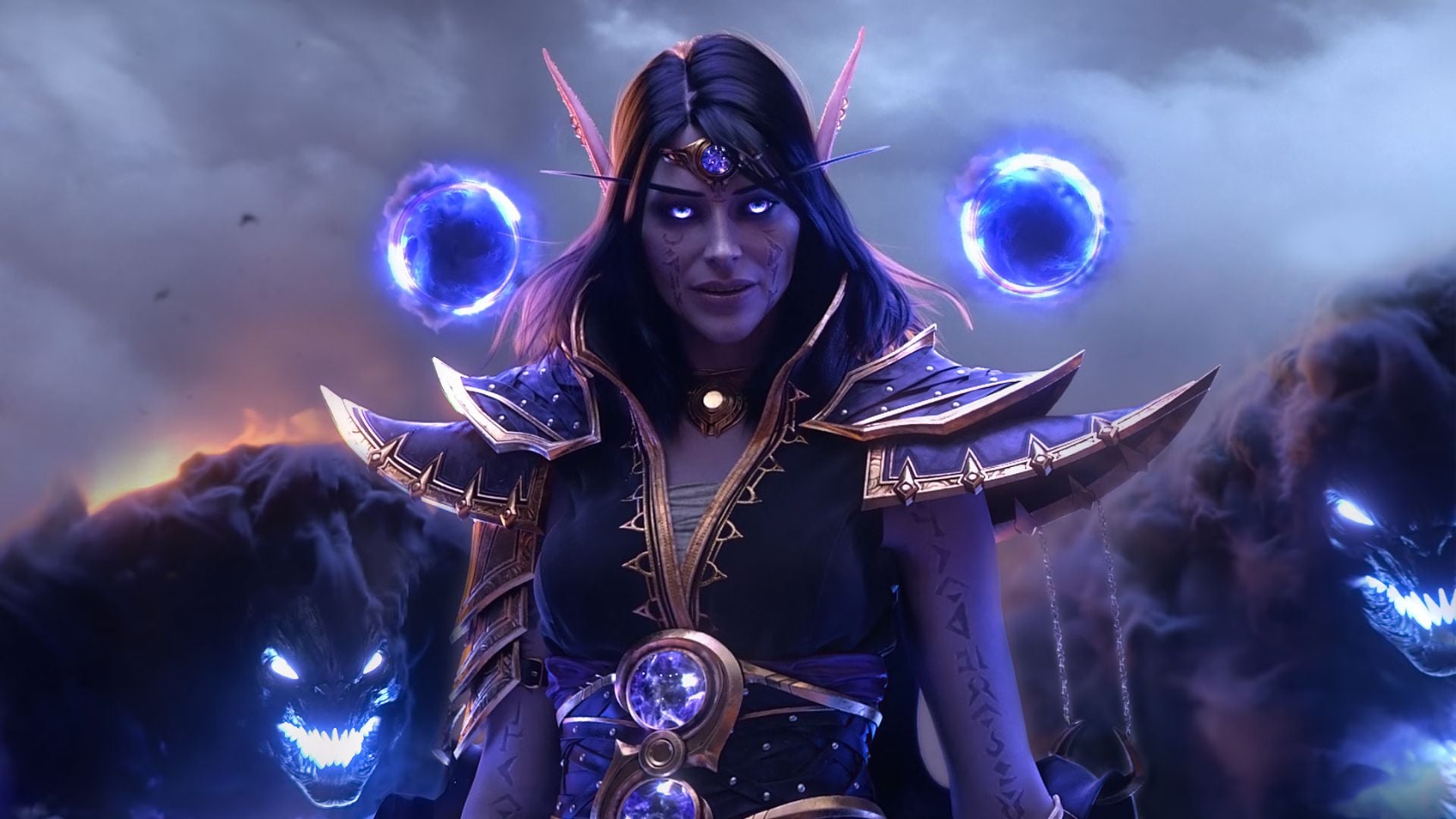

Published: Feb 10, 2021 04:18 pm